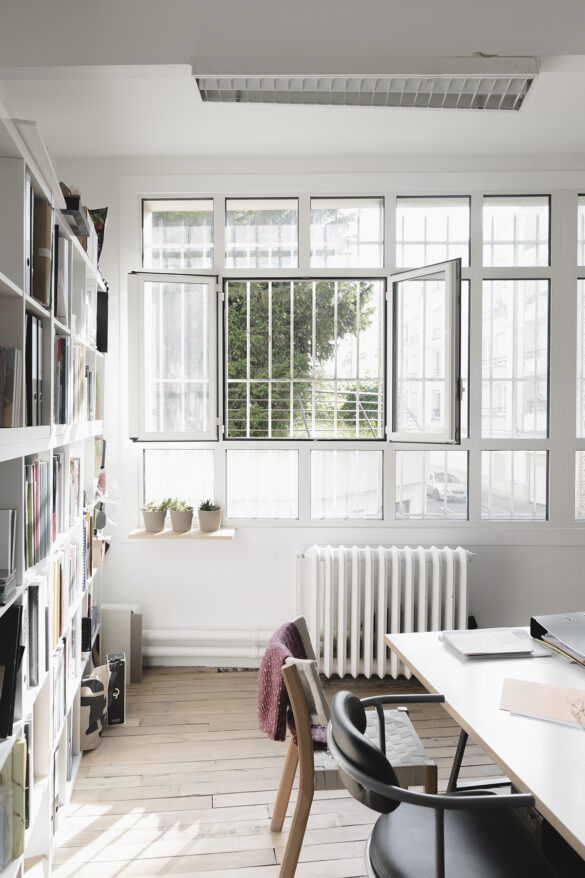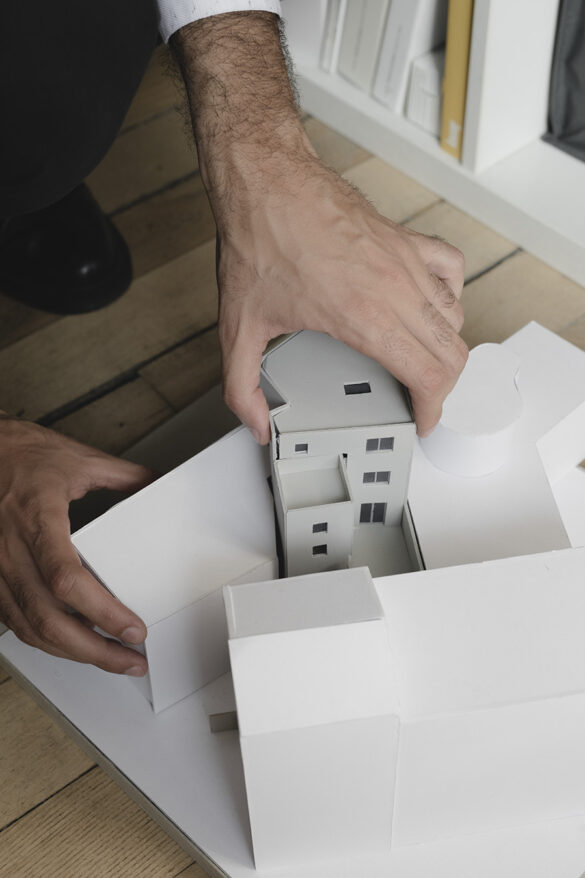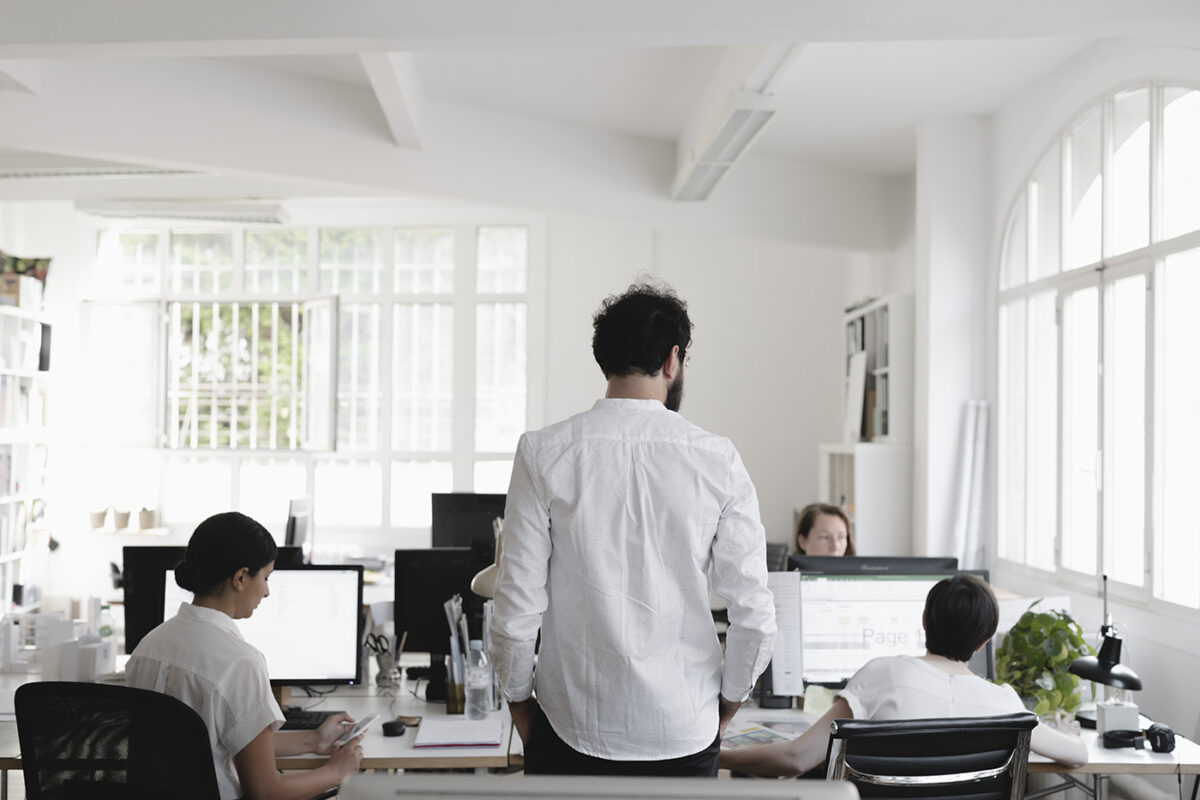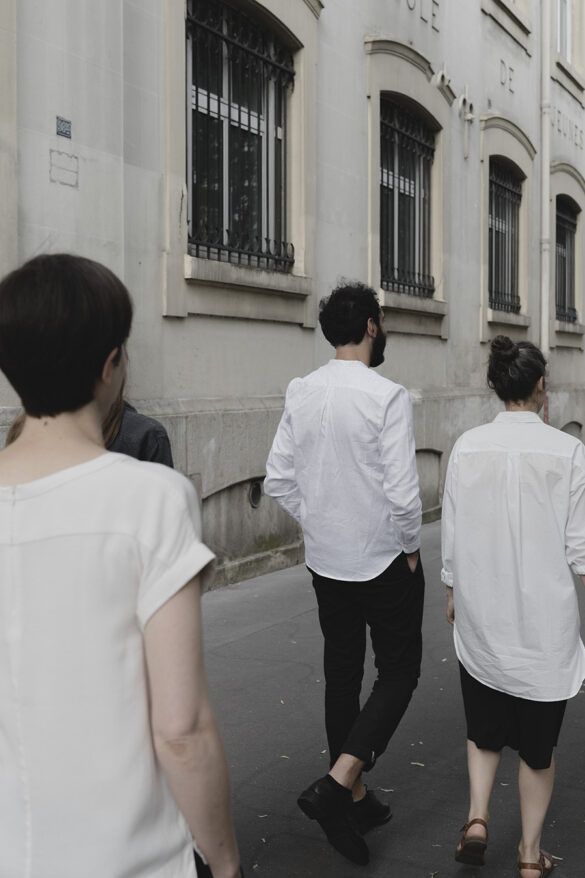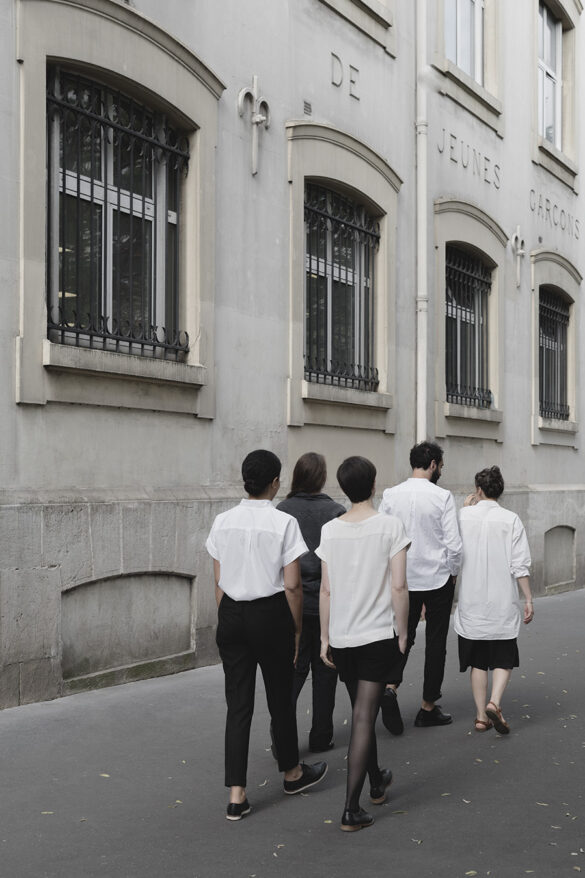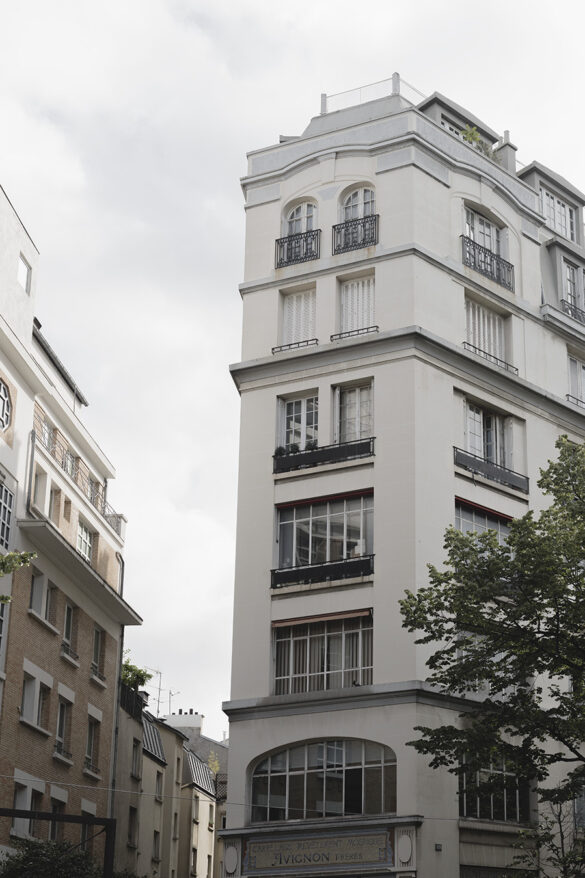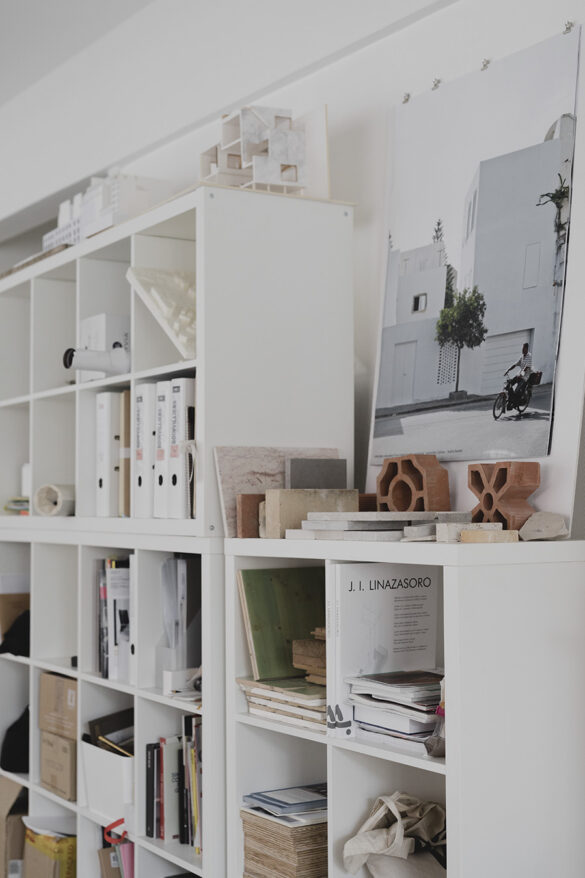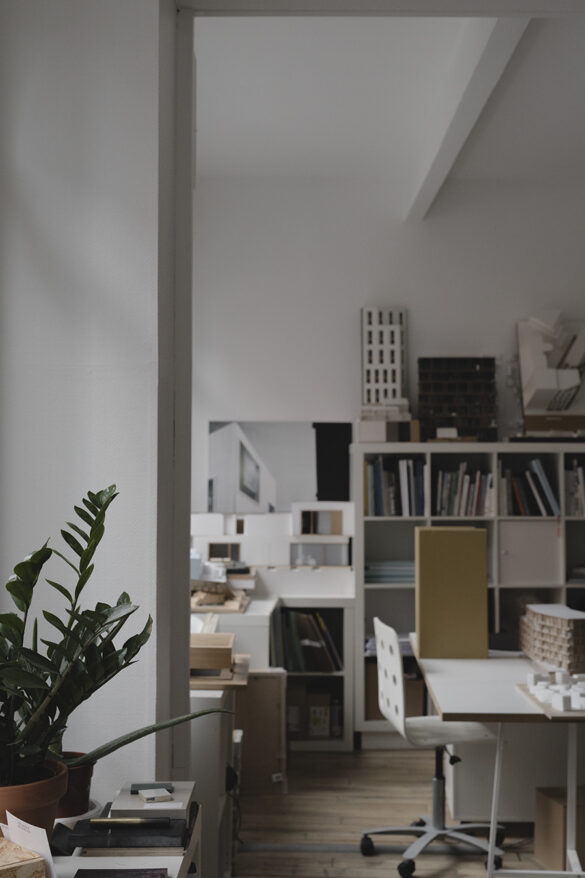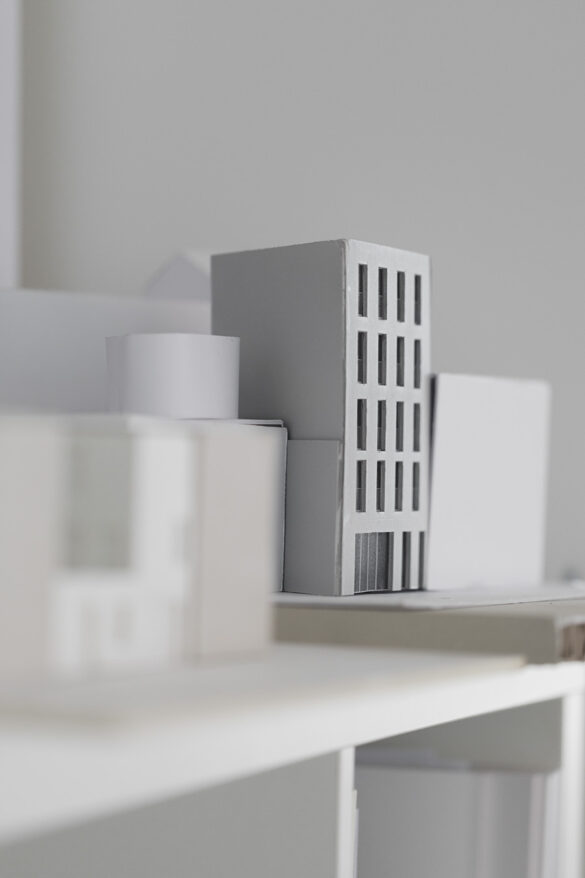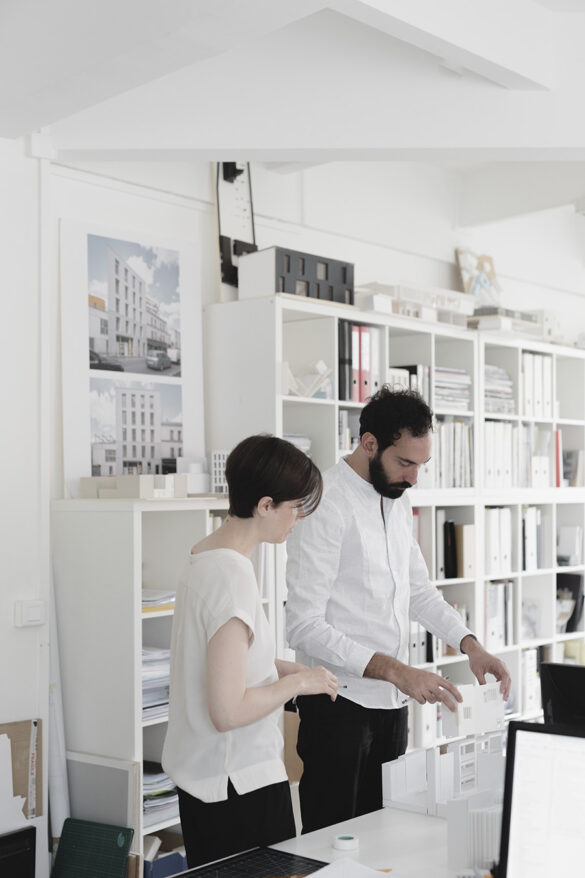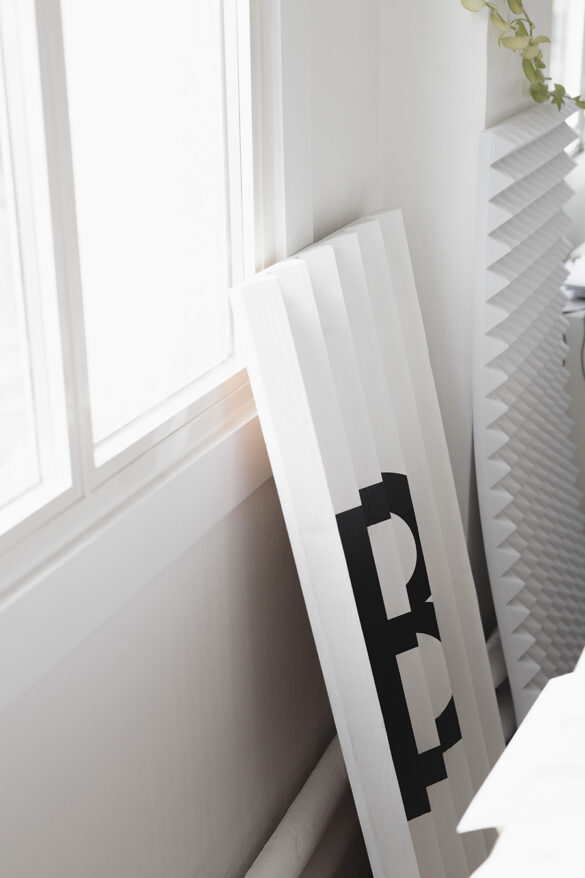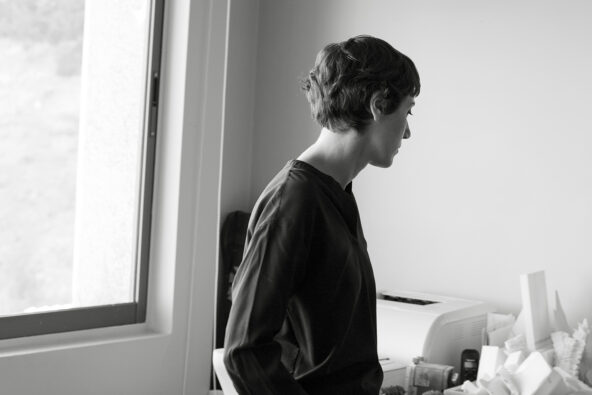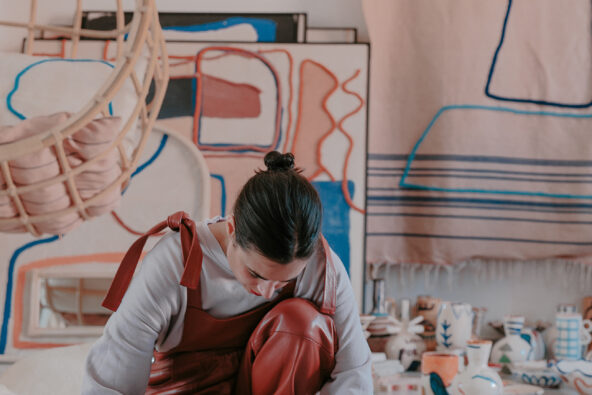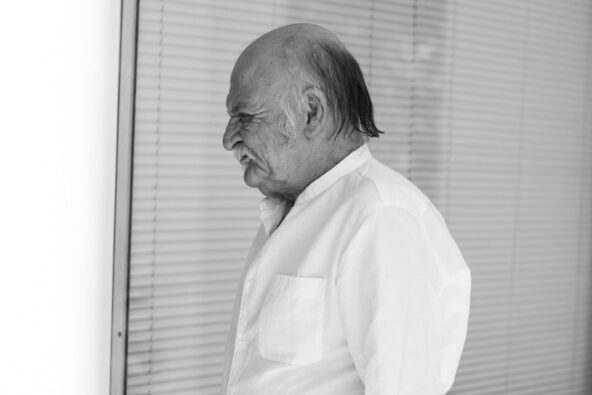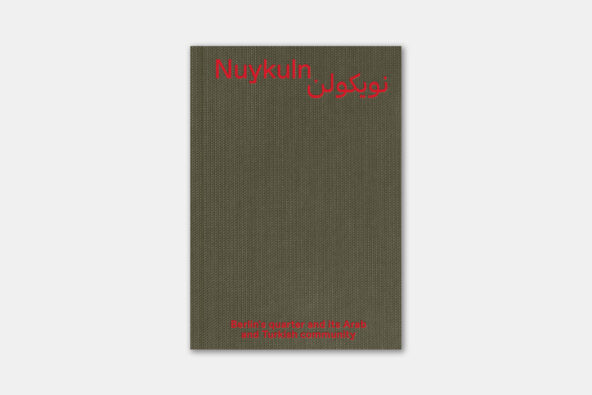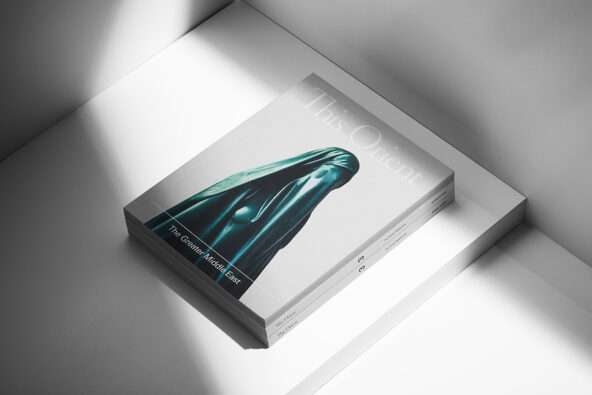Septembre Architects – Studio visit in Paris
Septembre consists of five partners from Sweden, Morocco, and Tunisia: Lina Lagerström, Memia Belkaid, Sami Aloulou, Emilia Jansson, and Dounia Hamdouch. These architects and urbanists all met in Paris (except Dounia) on the first day of class registration for the architecture school of La Vilette. During their studies, in the back of their minds, they all had the idea of working together in the future. After traveling abroad, they re-grouped in Paris and started working together.
We had the pleasure of speaking to one of the founding partners, Sami Aloulou. Sami offered a Tunisian perspective on the architectural identity and heritage of Tunisia, and also spoke more broadly on Septembre’s projects and approach to architecture.
